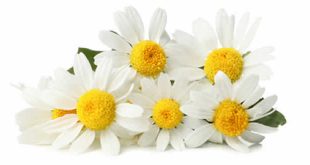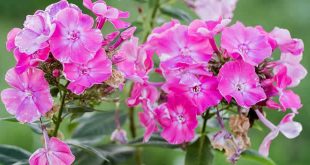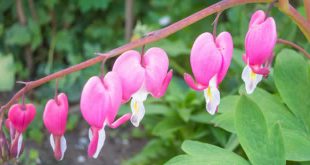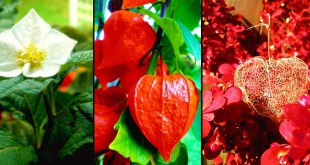 Violet — Viola, commonly called Violets, is a genus of flowering plants in the family Violaceae, with around 400-500 species distributed around the world. Most species are found in the temperate Northern Hemisphere, however viola species are also found in widely divergent areas such as Hawaii, Australasia, and the Andes in South America.
Violet — Viola, commonly called Violets, is a genus of flowering plants in the family Violaceae, with around 400-500 species distributed around the world. Most species are found in the temperate Northern Hemisphere, however viola species are also found in widely divergent areas such as Hawaii, Australasia, and the Andes in South America.
Most viola species are small perennial plants, some are annual plants, and a few are small shrubs. A number of species are grown for their ornamental flowers in borders and rock gardens; the garden pansy in particular is an extensively used spring and autumn/winter bedding and pot plant.
Viola species typically have heart-shaped leaves, though a number have palmate shaped leaves, plus other shapes. The vast majority of viola species are herbaceous, however a substantial number are acaulescent in habit without any noticeable stems, while the others have short stems with flowers produced in the axils of the leaves. The simple leaves of plants with either habit are arranged alternately; the acaulescent species produce basal rosettes. Plants always have leaves with stipules that are often leaf-like.
The flowers of the vast majority of the species are zygomorphic with bilateral symmetry. The flowers are formed from five petals, four are upswept or fan-shaped petals with two per side, and there is one broad, lobed lower petal pointing downward. The shape of the petals and placement defines many species, for example, some viola have a “spur” on the end of each petal while most have a spur on the lower petal.
Solitary flowers are produced on long stalks with a pair of bracteoles, and have 5 sepals that remain persistent after blooming, although the sepals sometimes enlarge after blooming. The flowers have five free stamens with short filaments that are oppressed against the ovary, with only the lower two stamens having nectary spurs that are inserted on the lowest petal into the spur or pouch. The flower styles are thickened near the top and the stigmas are head-like, narrowed or often beaked. The flowers have a superior ovary that is one celled with three placentae, and contain many ovules.
After flowering, fruit capsules are produced that split open by way of three valves. Viola flowers are most often spring blooming with chasmogamous flowers with well developed petals pollinated by insects. Many species also produce self-pollinated cleistogamous flowers in summer and autumn that do not open and lack petals. The nutlike seeds have straight embryos, flat cotyledons, and soft fleshy endosperm that is oily. The seeds are often spread by ants.
Flower colours vary in the genus, ranging from violet, as their common name suggests, through various shades of blue, yellow, white, and cream, whilst some types are bicolored, often blue and yellow. Many cultivars and hybrid species have been bred in a greater spectrum of colours. Flowering is often profuse, and may last for much of the spring and summer.
One quirk of some viola is the elusive scent of their flowers; along with terpenes, a major component of the scent is a ketone compound called ionone, which temporarily desensitises the receptors in the nose; this prevents any further scent from being detected from the flower.
 Kids Portal For Parents India Kids Network
Kids Portal For Parents India Kids Network




